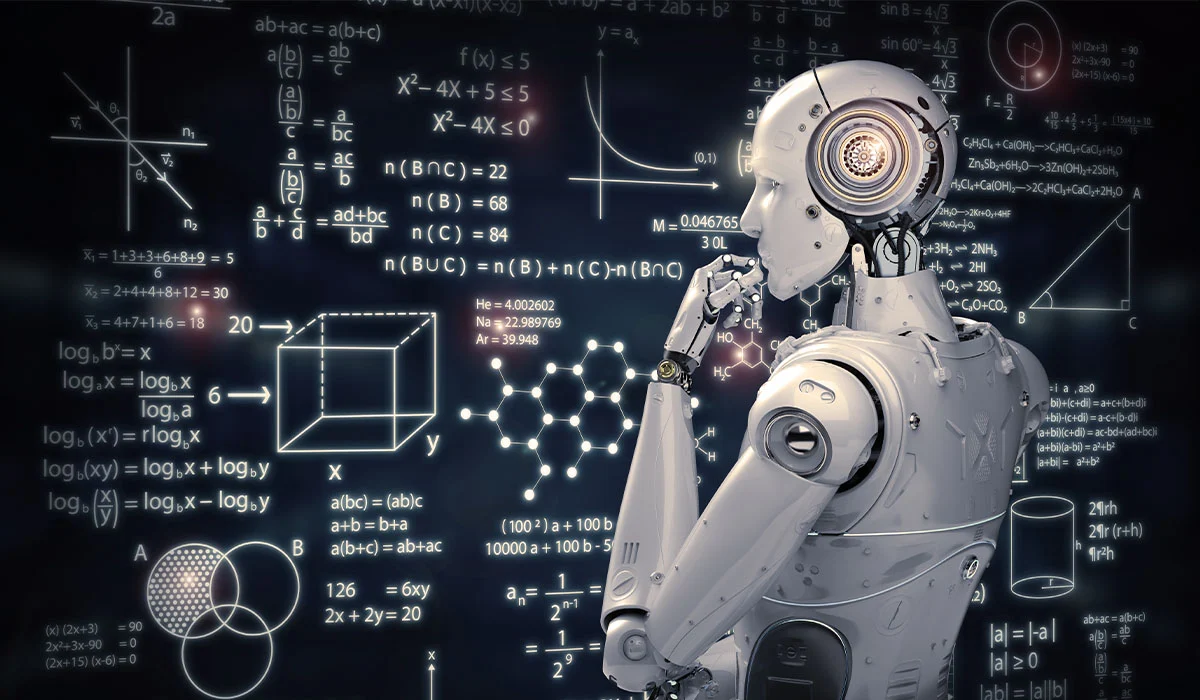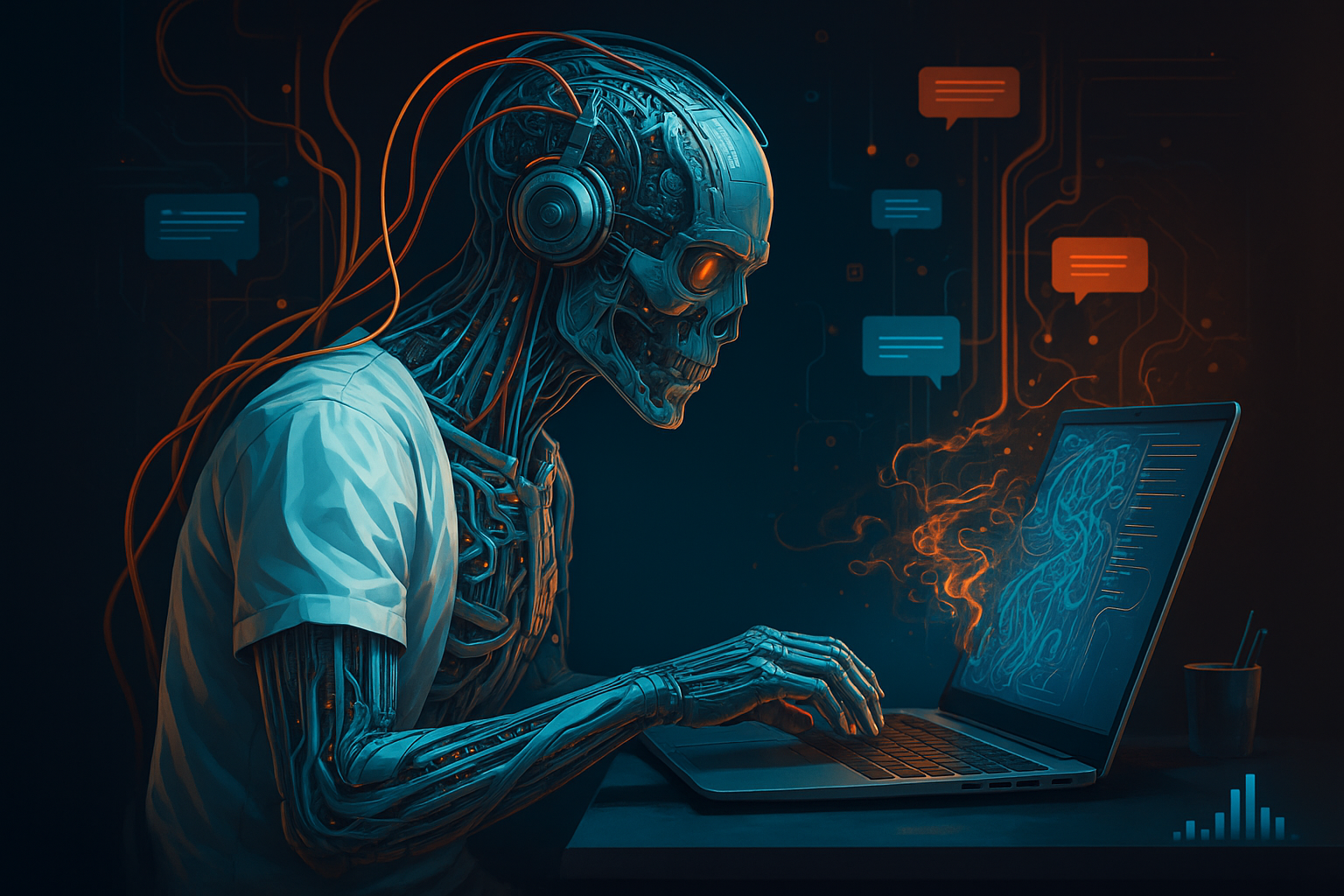The tech industry has long envisioned a future where artificial intelligence seamlessly augments the work of software developers, transforming code creation from a manual, intricate process into something closer to assisted magic. That vision has gained tremendous momentum in the past few years, spurred by tools like GitHub Copilot, Amazon CodeWhisperer, and other large language model–powered coding assistants. These systems promise to increase productivity, reduce routine workload, and democratize development—ideally making engineers faster and more efficient while opening the door for non-coders to participate in the software economy.
But what happens when those promises are stress-tested under real-world conditions, especially among the developers most capable of evaluating their effectiveness? A new study from the nonprofit research organization Model Evaluation & Threat Research (METR) suggests the AI narrative might be more illusion than revolution, at least for now, and especially for experienced engineers.
A Study That Challenges the Hype
METR’s recent investigation was one of the most comprehensive assessments yet of AI-assisted programming in a real-world setting. The researchers selected 16 highly skilled software developers, each with significant familiarity with specific, mature open-source codebases. These weren’t junior coders poking around in a tutorial environment—they were professionals accustomed to working deep within complex systems they knew intimately.
The participants were asked to complete a battery of 246 authentic tasks, ranging from bug fixes to feature additions and refactoring jobs. Half of the work was performed using state-of-the-art AI coding assistants, while the other half was executed without assistance. The experiment was rigorously structured to eliminate biases: developers estimated beforehand how much faster they believed AI would make them, and their actual task completion times were recorded to measure impact.
What METR found was jarring. Developers predicted they would be 24 percent faster with AI tools and reported afterward that they felt 20 percent more efficient. But the data told a different story. In truth, their task completion time increased by 19 percent when using AI assistants.
This unexpected result wasn’t just a minor deviation. It represents a substantial gap between perception and reality, suggesting that developers may overrate the usefulness of AI helpers when immersed in the coding experience. It also indicates that the tools themselves—despite producing plausible-looking code—can introduce inefficiencies that outweigh their intended productivity gains.
Why AI Isn’t Always Faster
At the heart of the productivity slowdown lies the quality and context-awareness of AI-generated code. While large language models have proven adept at suggesting syntax and completing functions in isolation, they often lack the project-specific understanding needed to make helpful contributions to a large, intricate codebase. Developers in the METR study spent considerable time reviewing, debugging, and modifying AI-generated suggestions. In total, they spent about 9 percent of their time cleaning up after their digital assistants.
Only 44 percent of AI suggestions were ultimately accepted, and even among those, many needed additional tweaking to meet the developers’ standards. When an engineer has deep familiarity with a codebase—knowing how modules interact, what conventions are followed, where bugs typically emerge—AI tools that operate with only surface-level context can easily become a hindrance rather than a help.
Interestingly, even though their work took longer, developers consistently reported feeling that coding was easier and more enjoyable when AI was involved. This paradox points to a complex dynamic: AI may reduce the perceived cognitive load of development without necessarily improving objective productivity. That may not be entirely negative—after all, enjoyment and reduced burnout are meaningful outcomes—but it does challenge the notion that AI assistants automatically deliver speed and efficiency gains across the board.
The Context Factor: Who Benefits Most?
The most telling conclusion from METR’s study is not that AI coding assistants don’t work, but that their effectiveness is highly contextual. The biggest beneficiaries of AI coding assistance are not expert developers working on familiar systems. Instead, novice coders, developers exploring unfamiliar projects, or engineers performing routine, boilerplate tasks often gain the most from AI support.
In educational settings, for instance, coding assistants can serve as real-time mentors, helping learners understand syntax and design patterns. In startup environments where teams are rapidly prototyping new features, AI can generate templates, test scaffolds, or placeholder logic that accelerates development. And for large teams managing repetitive tasks—like generating unit tests or basic data models—AI can reduce drudgery and free up attention for more strategic work.
But as METR’s research makes clear, those productivity advantages diminish in mature engineering environments where developers are already efficient and possess deep, internalized knowledge of the codebase. In those cases, AI must not only produce functional code but also align with architectural principles, performance expectations, and style conventions—requirements that current models still struggle to meet.
Misconceptions and Industry Optimism
Despite the findings, many in the tech industry remain enthusiastic about the long-term promise of AI in software development. GitHub CEO Thomas Dohmke, for example, acknowledges the limitations of current tools but maintains that AI coding assistants can accelerate startup growth and experimentation. He argues that while AI can help teams build early prototypes, scaling those systems into robust, secure products still requires experienced engineers.
GitLab CEO William Staples echoes that perspective, viewing AI as a force multiplier rather than a replacement. In his vision, coding becomes more accessible to a broader audience, increasing the overall pool of contributors to the software ecosystem. Far from shrinking the developer workforce, he believes AI will expand it, enabling more people to engage with code and bring their ideas to life.
These optimistic views are not necessarily at odds with METR’s findings. Rather, they highlight the need for a nuanced understanding. AI tools are not silver bullets that solve all programming challenges. They are best seen as collaborators whose value depends heavily on context, task complexity, and user expertise.
Risks and Responsibilities
Even as AI assistants become more sophisticated, they bring with them a suite of risks that cannot be ignored. One major concern is the possibility of hallucinated code—plausible-looking suggestions that contain logical flaws, security vulnerabilities, or subtle inconsistencies. These kinds of errors are especially dangerous in production systems, where a missed bug could have real-world consequences.
Moreover, AI-generated code can sometimes circumvent best practices or introduce inefficiencies that aren’t immediately obvious. If developers grow overly reliant on these tools, they risk losing touch with the deeper engineering skills needed to diagnose and optimize complex systems. In the worst-case scenario, teams could end up shipping software they don’t fully understand.
There’s also the question of accountability. If an AI assistant introduces a bug or security flaw, who is responsible? The developer who accepted the suggestion? The vendor that built the tool? The open-source community that trained the underlying model? As AI becomes more embedded in the software stack, these questions will grow more urgent, and legal frameworks have yet to catch up.
Another challenge lies in codebase coherence. When different team members use AI tools inconsistently, the result can be a fragmented style, mismatched logic, and increased maintenance burdens. Code review practices will need to evolve to account for these changes, emphasizing not just correctness but also alignment with team norms and long-term maintainability.
The Road Ahead: Measured Adoption
The key takeaway from METR’s study and the broader industry discourse is that AI coding assistants are tools, not magic wands. They can be extremely useful when deployed thoughtfully, but they are not a universal solution to developer productivity. Organizations that approach them with measured expectations and a commitment to ongoing evaluation are likely to benefit the most.
In practice, this means tailoring AI tool use to specific tasks and team structures. For exploratory or greenfield development, AI may serve as a rapid ideation partner. For educational settings, it may offer feedback and reinforcement. But for mission-critical software systems, especially those with strict performance or compliance requirements, human expertise remains indispensable.
Over time, improvements in model training, integration with development environments, and access to richer contextual information could help AI assistants overcome some of their current limitations. Already, vendors are working to enhance these tools by feeding them project-specific data, improving prompt engineering, and enabling tighter loops between suggestions and feedback.
But even in the best-case scenario, the future of software development is unlikely to be fully autonomous. Instead, it will likely be characterized by hybrid workflows, where AI amplifies human strengths without replacing them. Developers will need to cultivate new skills—knowing not just how to write code, but also how to curate, evaluate, and integrate AI-generated contributions.
Conclusion: Rethinking the Narrative
The idea that AI coding assistants are underwhelming for experienced engineers does not mean they are inherently flawed. Rather, it underscores the complexity of software development as a discipline and the importance of aligning tools with user needs.
For now, the most responsible approach is one rooted in realism. Celebrate the ways AI can reduce tedium and spark creativity, but don’t mistake that for universal productivity gains. Recognize the cognitive ease these tools can offer, while remaining vigilant about the time and care required to validate their outputs. And perhaps most importantly, continue to invest in human developers, because as the METR study makes clear, their judgment, expertise, and context awareness remain unmatched.
AI coding assistants may one day live up to their transformative potential. But today, they are best seen not as replacements, nor even as co-pilots, but as junior developers in training—eager to help, sometimes insightful, but always in need of guidance.




